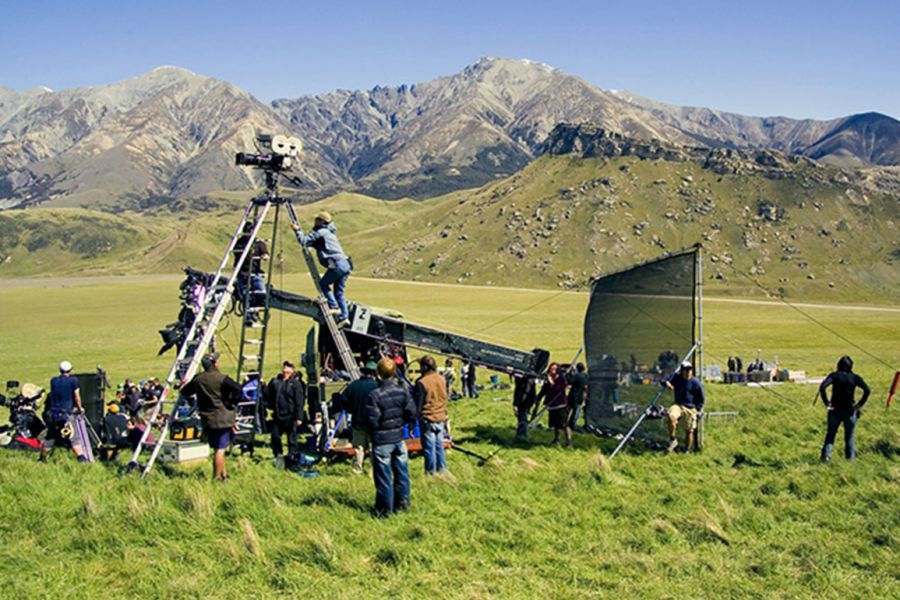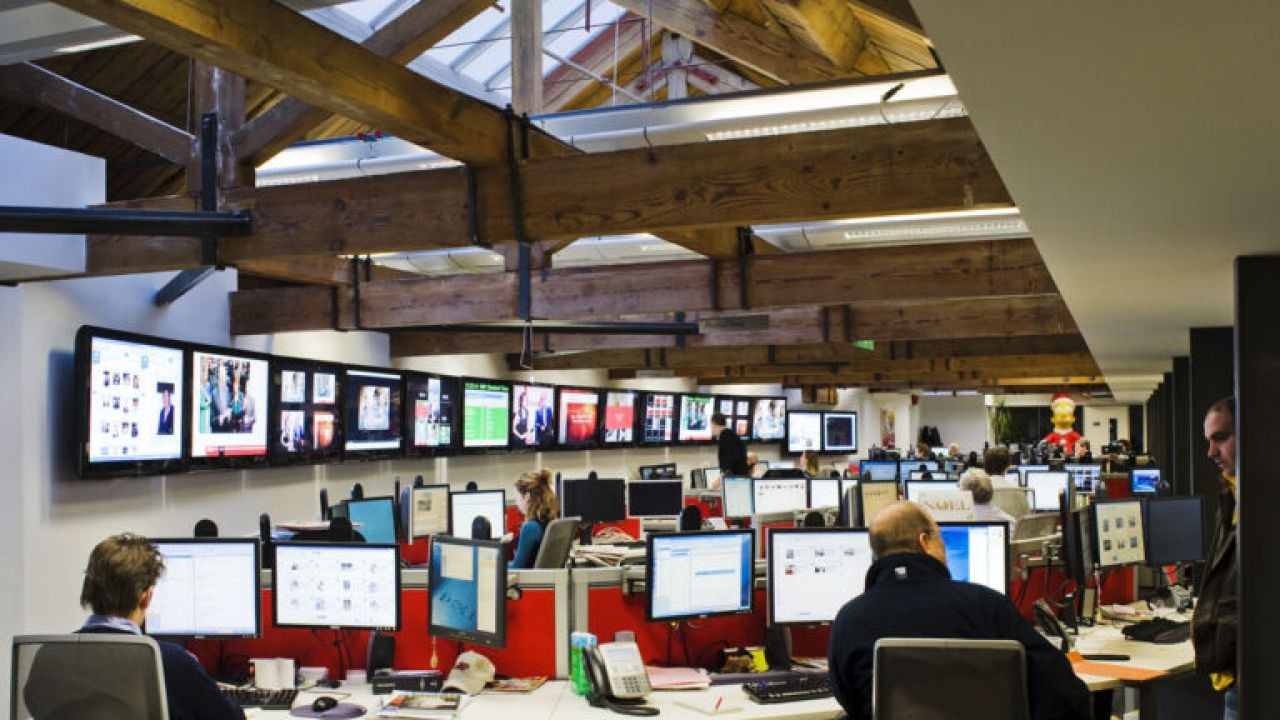New Zealand's film industry has experienced remarkable growth, becoming a crucial driver of local economies. The production of films such as "The Lord of the Rings" and "The Hobbit" has showcased New Zealand’s picturesque landscapes to a global audience, transforming tourism and creating numerous jobs. Yet, the economic impact of this industry extends far beyond the glitz and glamour of Hollywood blockbusters.
Case Study: Wellington's Film Industry Boom
Wellington, New Zealand’s capital, has become synonymous with film production, largely due to the success of Weta Workshop and Weta Digital. These companies, founded by Peter Jackson and Richard Taylor, were instrumental in the creation of the visual effects for "The Lord of the Rings" and have since contributed to many other international projects.
Problem: Prior to the film industry's rise, Wellington faced economic stagnation, with limited job opportunities and a shrinking population.
Action: The establishment of Weta Workshop and the success of international film projects helped rejuvenate the city. The government’s support, including tax incentives and the formation of the New Zealand Film Commission, attracted filmmakers and bolstered the industry.
Result: Today, Wellington is a bustling hub for creative professionals. According to the Ministry of Business, Innovation and Employment (MBIE), the film industry has created over 4,000 jobs and added approximately NZD 1 billion to the local economy annually.
Takeaway: The growth of Wellington's film industry illustrates how strategic investments and government support can transform local economies. Similar strategies could benefit other regions in New Zealand, fostering economic diversification and resilience.
Data-Driven Insights: The Economic Impact
According to Stats NZ, the film and television industry contributes approximately NZD 3.3 billion annually to New Zealand's GDP. This sector employs around 16,200 people, with a significant percentage working in Auckland and Wellington. The rise in employment opportunities has led to increased demand in related industries, such as hospitality and construction.
The film industry’s ripple effect is evident in tourism. Tourists flock to New Zealand to visit iconic filming locations, contributing an estimated NZD 500 million annually to the tourism sector. This influx of visitors supports local businesses, from hotels to restaurants, further amplifying the economic benefits.
Expert Opinion: Sustainability in the Film Industry
While the economic benefits of the film industry are well-documented, sustainability advocates emphasize the need for environmentally conscious practices. According to Dr. Sarah Williams, a sustainability expert at the University of Auckland, film productions can have significant ecological footprints, from energy consumption to waste generation.
Dr. Williams suggests adopting green filming practices, such as using renewable energy sources, reducing waste, and implementing sustainable transportation methods. These measures not only reduce environmental impact but can also enhance a production’s reputation, attracting environmentally conscious audiences and stakeholders.
Pros and Cons of the Film Industry's Economic Impact
Pros:
- Job Creation: The film industry supports a diverse range of jobs, from actors to technicians.
- Economic Diversification: It reduces reliance on traditional industries, promoting resilience.
- Tourism Boost: Filming locations attract international tourists, benefiting local businesses.
- Global Recognition: Films shot in New Zealand showcase its landscapes, enhancing the country’s brand.
Cons:
- Environmental Impact: Film productions can contribute to pollution and waste.
- Seasonal Employment: Many jobs are project-based, leading to employment instability.
- Resource Allocation: Investments in film may divert resources from other sectors.
Common Myths & Mistakes
Myth: The film industry only benefits large cities. Reality: Regional areas hosting film shoots experience significant economic boosts from increased tourism and local spending.
Myth: Film jobs are limited to acting and directing. Reality: The industry encompasses a wide range of professions, including set design, digital effects, and catering.
Myth: Environmental sustainability is not a priority in film production. Reality: Many productions now implement green practices to minimize their ecological footprint.
Future Trends & Predictions
As technology advances, the film industry is poised to embrace virtual reality (VR) and augmented reality (AR) to create immersive experiences. By 2028, it's predicted that 30% of New Zealand’s film productions will incorporate VR elements (Source: NZTech). This technological shift will require new skill sets, further diversifying employment opportunities.
Conclusion
New Zealand's film industry is a dynamic sector with significant economic impacts. By balancing economic growth with sustainable practices, New Zealand can ensure that its film industry continues to thrive while preserving its natural beauty. What are your thoughts on the future of New Zealand's film industry? Share your insights below!
People Also Ask
- How does the film industry impact New Zealand's economy? According to Stats NZ, the industry contributes NZD 3.3 billion to the GDP and supports over 16,200 jobs.
- What are the biggest misconceptions about the film industry in New Zealand? Many believe it's limited to major cities, but regional areas also benefit significantly from film productions.
- What are the best strategies for implementing sustainability in film production? Experts recommend using renewable energy, reducing waste, and promoting sustainable transportation.
Related Search Queries
- New Zealand film industry economic impact
- Sustainable practices in film production
- Tourism boost from New Zealand films
- Jobs in New Zealand's film industry
- Future trends in film production technology






























